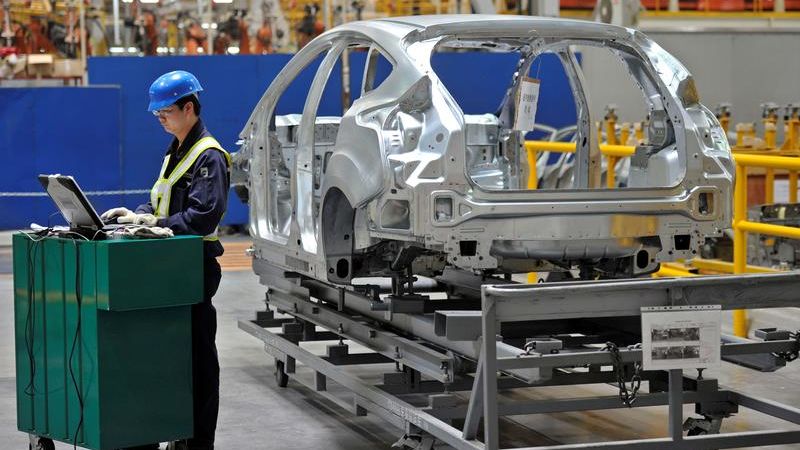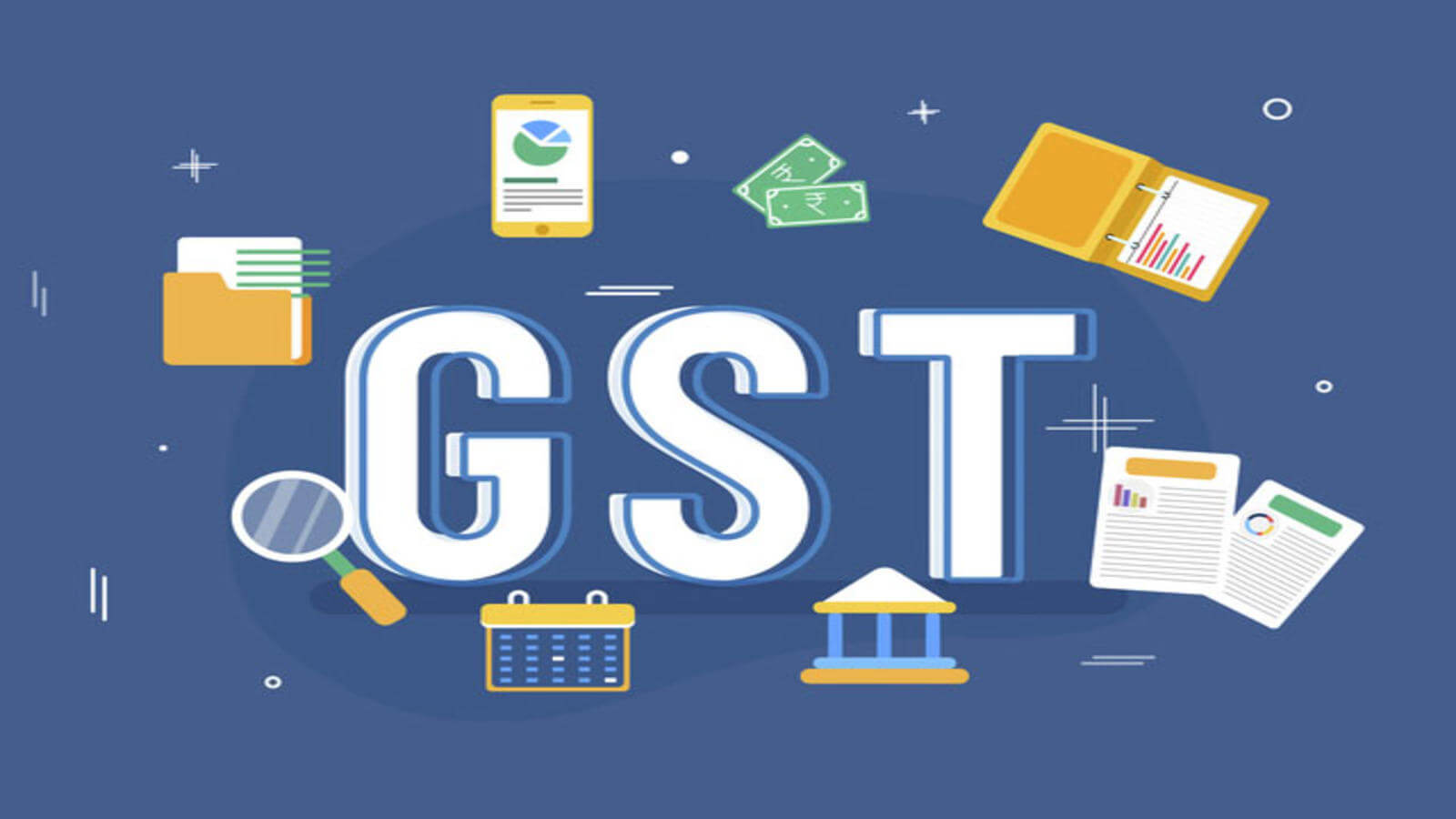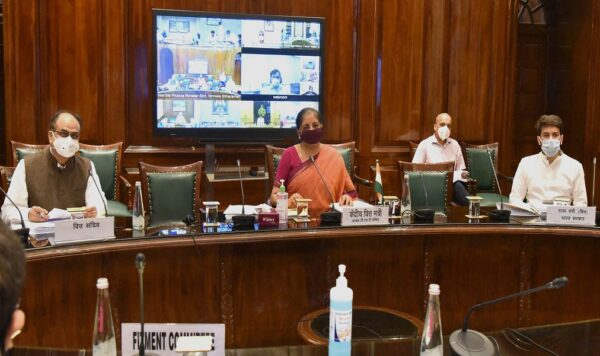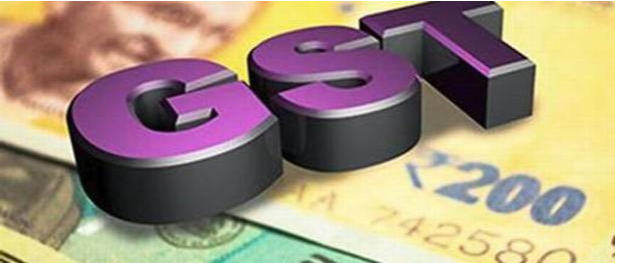The automobile industry in general has started demanding a reduction in GST rate after finance minister Nirmala Sitharaman on August 25 said the government could consider bringing down GST on two-wheelers from the highest slab of 28% as they are neither luxury nor sin goods.
The government may not slash Goods and Services Tax (GST) on automobiles as auto manufacturers are already enjoying the lowest corporate tax in the country and some of them are sending over ₹10,000 crore annual royalties to their parent companies abroad, two finance ministry officials said.
Automobile companies have been building undue pressure on the government to reduce GST rates on vehicles, they said requesting anonymity.
“Instead of demanding tax reduction, automobile companies should work to become cost efficient and reduce royalty payments,” one official with direct knowledge of the matter said on Thursday.
The automobile industry in general has started demanding a reduction in GST rate after finance minister Nirmala Sitharaman on August 25 said the government could consider bringing down GST on two-wheelers from the highest slab of 28% as they are neither luxury nor sin goods. Responding to an industry suggestion on the need for lowering the GST rate on two-wheelers at a close-door meeting of Confederation of Indian Industry (CII) through video conference, she had said “this was indeed a good suggestion as this category is neither a luxury nor a sin good and hence merits a rate revision”.
A second official said the finance minister was commenting on merit of two-wheelers only and not for the entire automobile sector, which already enjoys a low corporate tax regime. To boost investments, the government in September 20, 2019 gave a ₹1.45 lakh crore bonanza to the industry by drastically reducing corporate tax rates. Accordingly, existing firms had an option for a lower corporate tax rate of 22% (15% for newly incorporated companies) provided they forgo exemptions. Those interested to continue enjoying exemptions could pay the tax at 30% (25% for new firms).
“The most established players of the auto sector have been in India for quite some time and are used to the regulatory and taxation environment and have flourished in this regime. It is evident from the huge payouts between Rs 10,000-15,000 crore and more in the form of royalty made by these auto companies to their parent companies located abroad,” the first official said. The GST rates on automobiles are less than what was prevailing under the erstwhile value-added tax (VAT) and excise duty regime, he said. India introduced a uniform GST tax regime on July 1, 2017.
“All of a sudden, dissent in some quarter on tax rates on automobile is surprising. In fact these companies should cut down their costs of manufacturing by cutting down the royalty payments to their parent companies abroad instead of asking the government to reduce GST,” the second official said.
Officials said tax regimes in other country are even tougher. “Japan currently has three types of taxes on automobiles—once on purchase, then an annual automobile tax based on engine size and finally a weight tax at inspections required once every two years. Over and above this, there is GST at the highest of the applicable rates,” the first official said. The UK charges vehicle excise duties which varies with car emission norms and has 14 rate annual slabs ranging up to £2,175 with surcharge of £325 in the first year and £150 for expensive vehicles. Besides, there are road usage charges. Further, high parking charges are common across the globe.
“Given this, it would be unfair to claim that the GST rates in India are astounding or a demand dampener,” he said.
“With the introduction of GST, multitude of taxes in the form of excise duty, special excise duties, cesses, VAT, CST [central sales tax] etc., gave way to uniform GST. Vehicles, based on their high pre-GST incidence were placed in 28% slab. Passenger vehicles also attract compensation cess ranging from 1% to 22%. However, with compensation cess the taxes have not gone beyond pre-GST incidences except may be in few that were enjoying certain duty concessions,” the second official said. “There are many companies which have launched small cars at affordable price ranges are able to sell their cars. If the regulatory environment was not conducive, it would be hard to imagine new players investing heavily into manufacturing facilities, such as Jeep, Kia Motors and MG to name a few,” he added.
Green shoots are visible in the auto sector, he said referring to an industry data. “For the first time in many months now, sales of passenger vehicles and two wheelers have surged last month.” According to the Society of Indian Automobile Manufacturers, passenger vehicles sales in August 2020 rose to 2,15,916 units from 1,89,129 units a year ago, while two-wheeler sales rose to 15,59,665 units from 15,14,196 units a year ago.
Source: Hindustantimes.com
***
[rainbow]Don’t miss the next GST Update / Article / Judicial pronouncement[/rainbow]
Subscribe to our newsletter from FREE to stay updated on GST Law
Resolve your GST queries from national level experts on GST free of cost.
TW Editorial Team comprises of team of experienced Chartered Accountants and Advocates devoted to spread the knowledge of GST amongst the various stakeholders.




